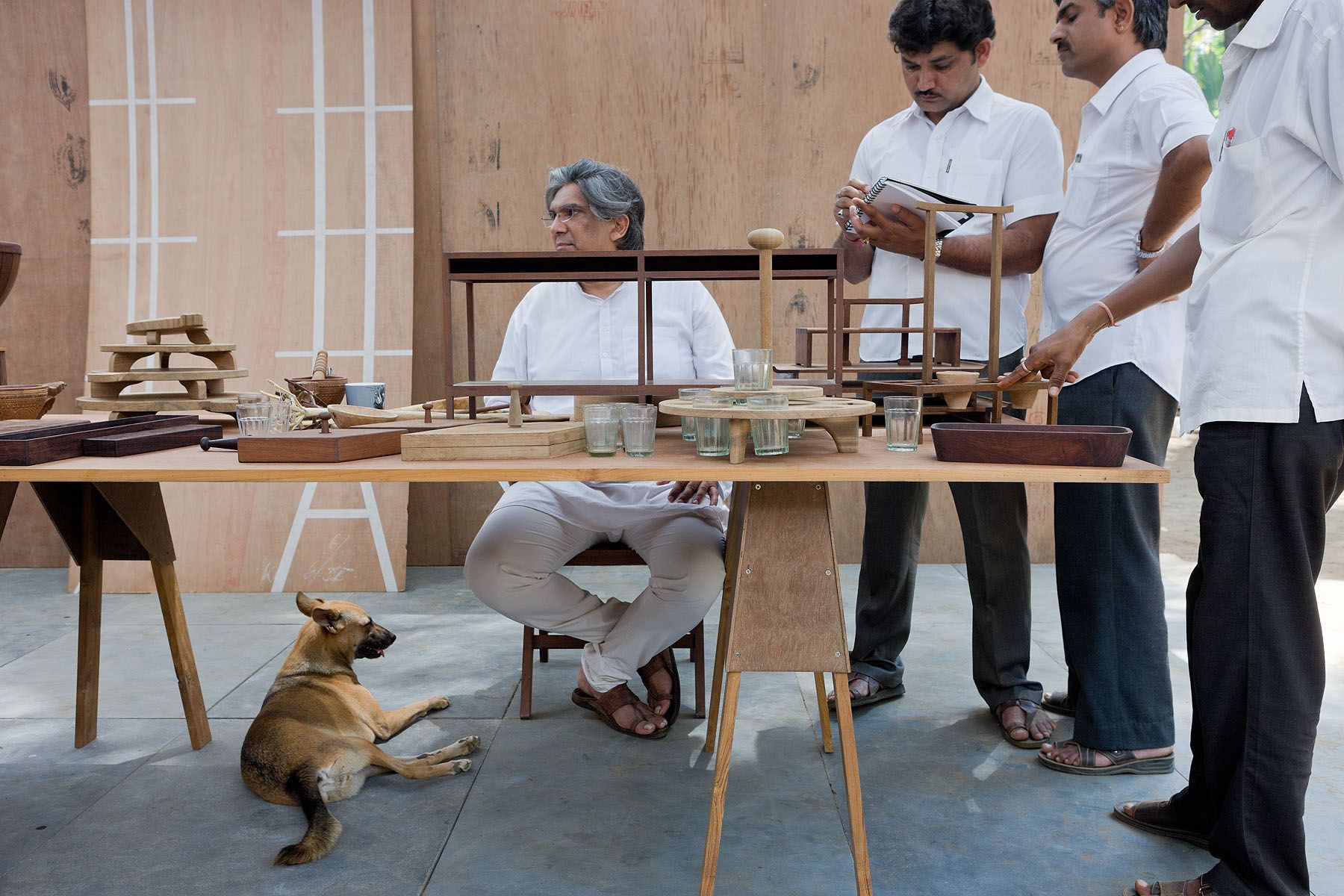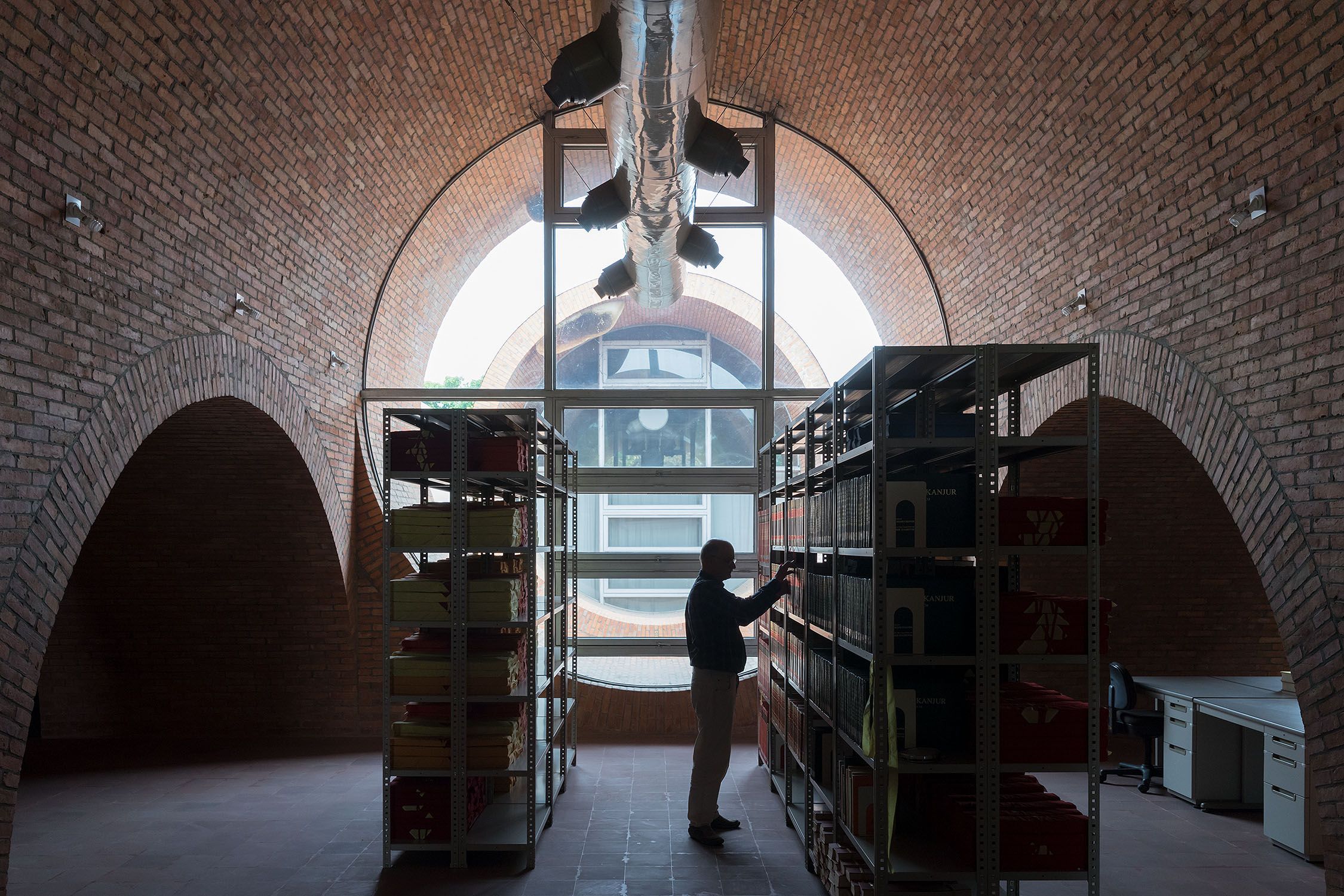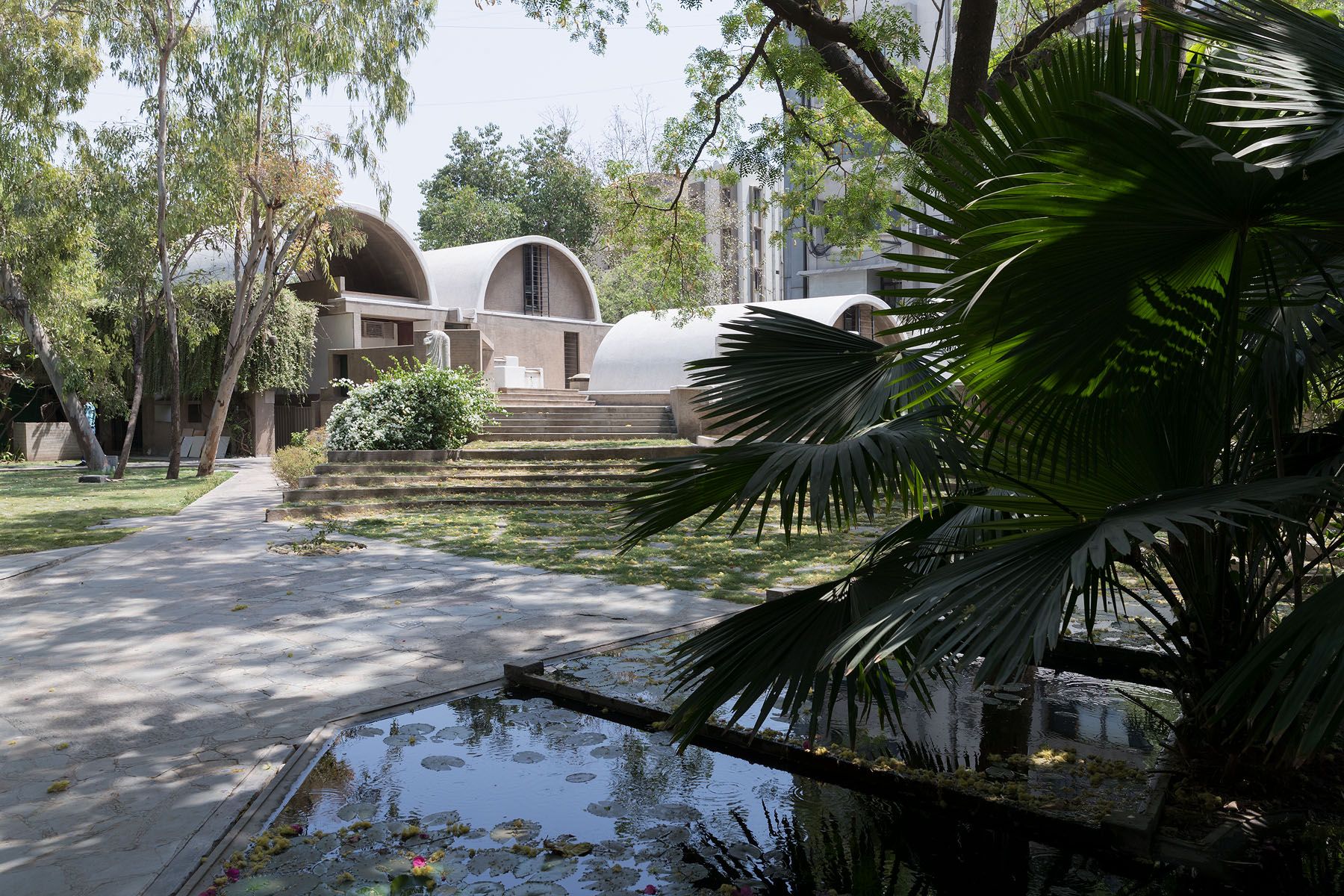CEDA – Carl Prusha
Austrian architect Carl Pruscha dedicated his career to exploring and shaping regional architecture in parts of the world often overlooked by the mainstream modernist movement. Working primarily in Nepal and Sri Lanka, Pruscha developed a deeply contextual design language that merged modern architectural ideas with local geography, culture, and materials.
One of his most emblematic works, the CEDA Building in Kathmandu, illustrates this approach. Nestled within the terraced landscape of the valley, its low, horizontal lines echo the surrounding agricultural forms. Built primarily with brick and wood, traditional materials in Nepalese architecture, the building reflects both modern sensibilities and vernacular heritage. It marks one of Pruscha’s earliest successes in creating a distinctly local modernism—rooted in place yet open to the world.


